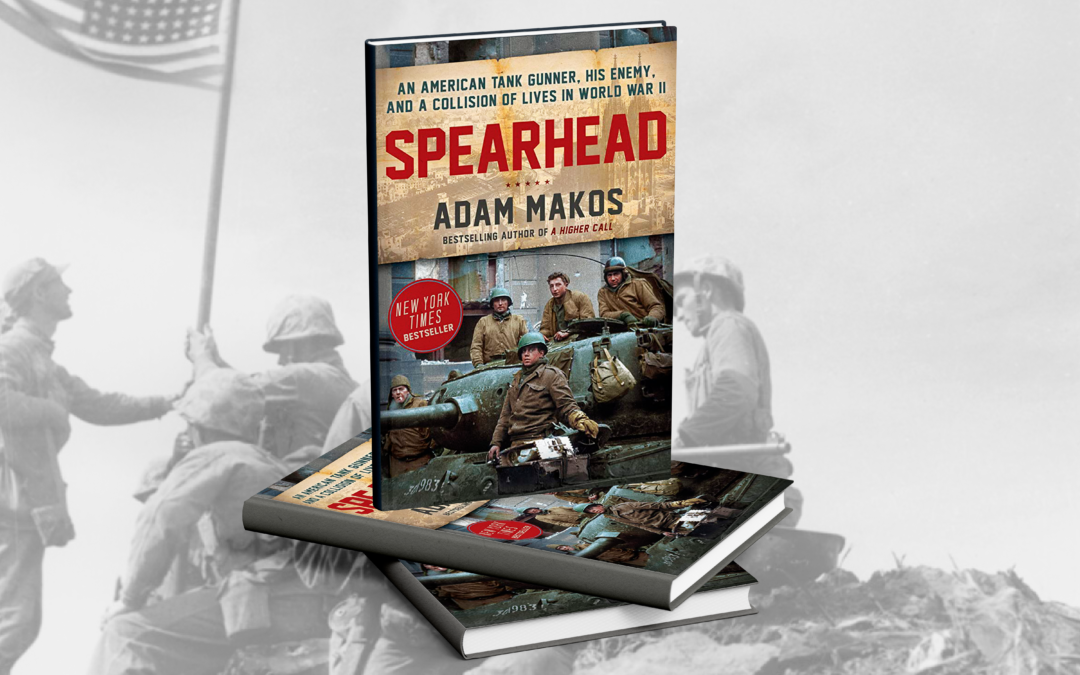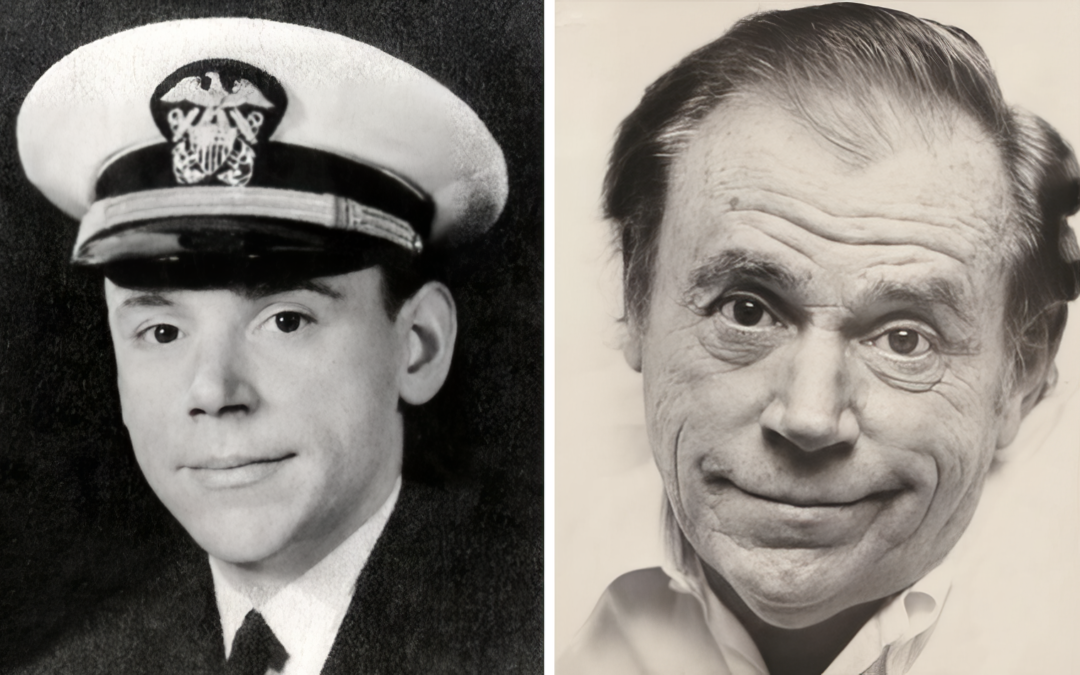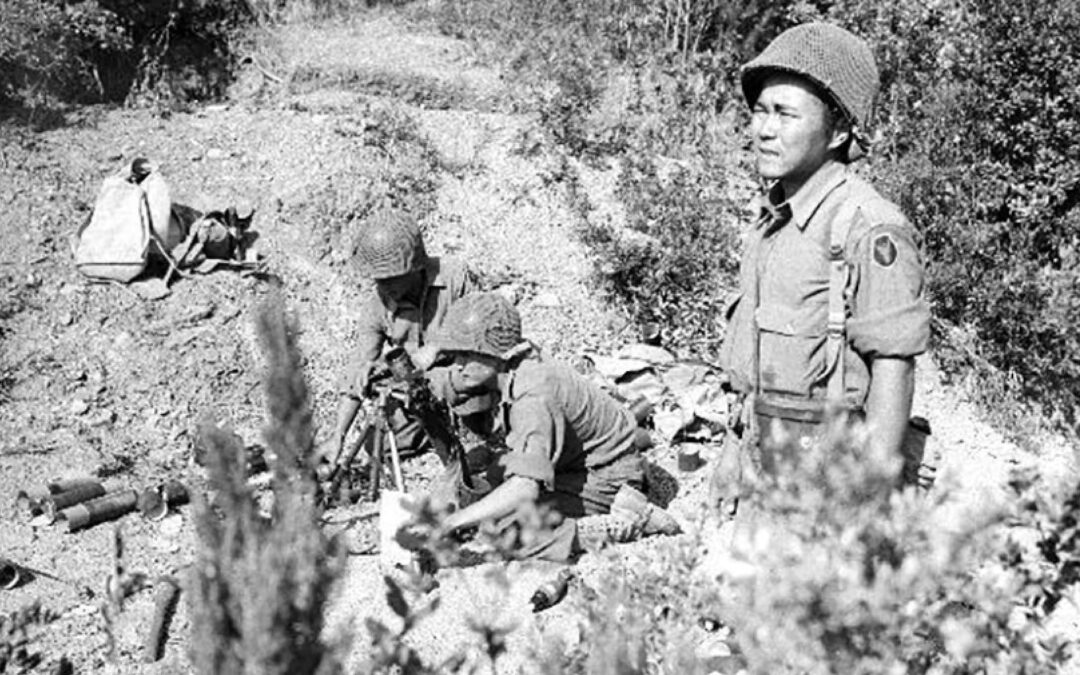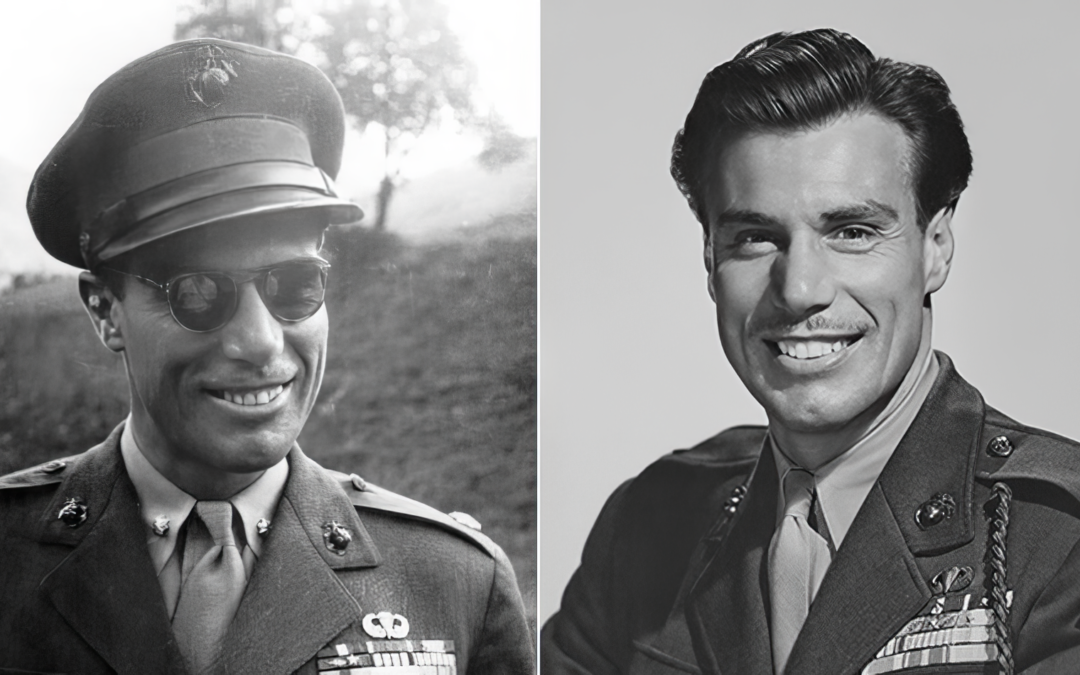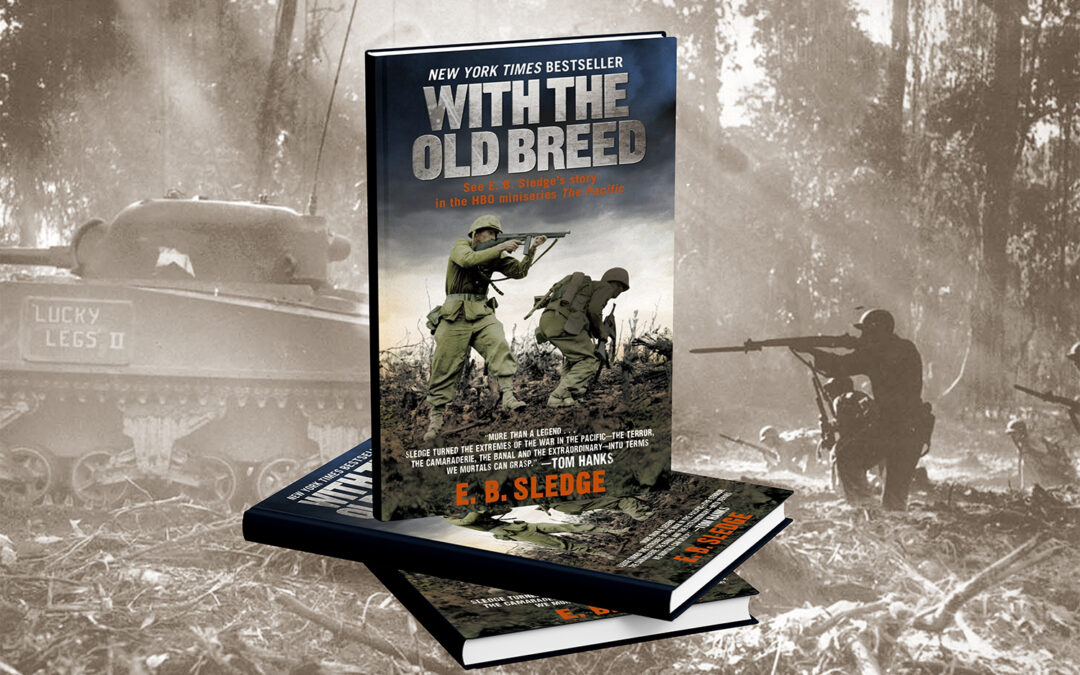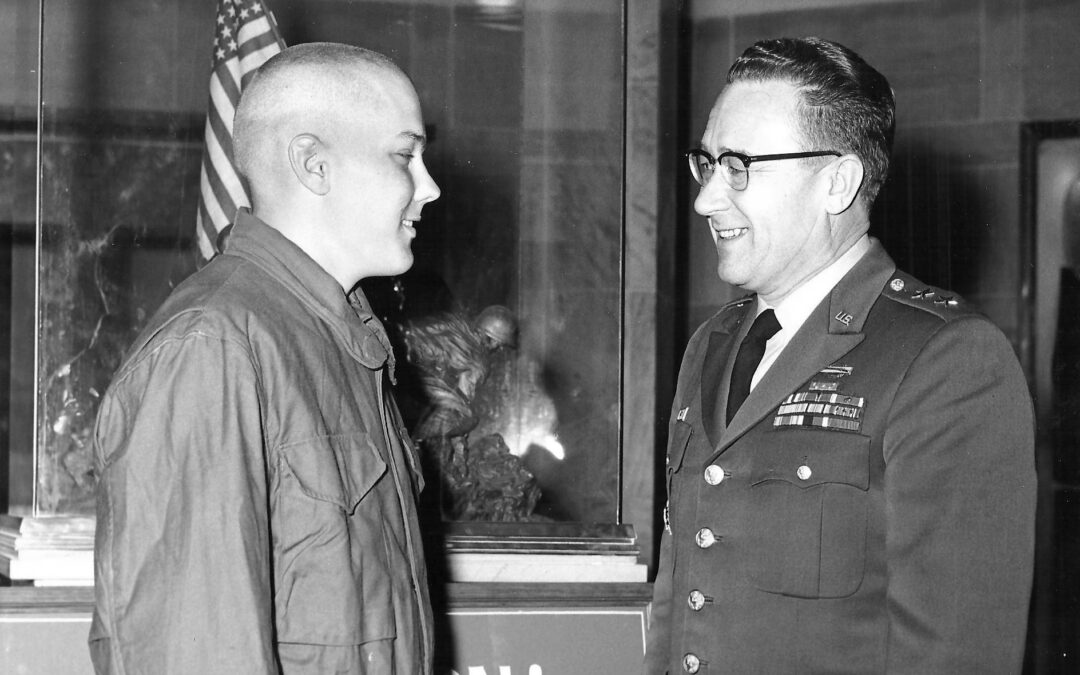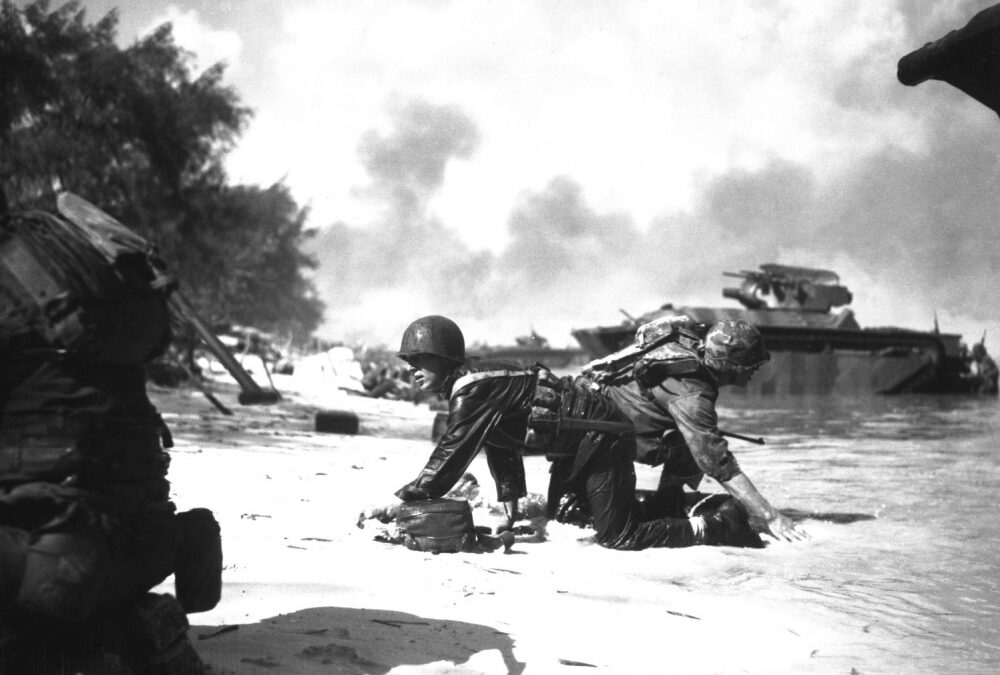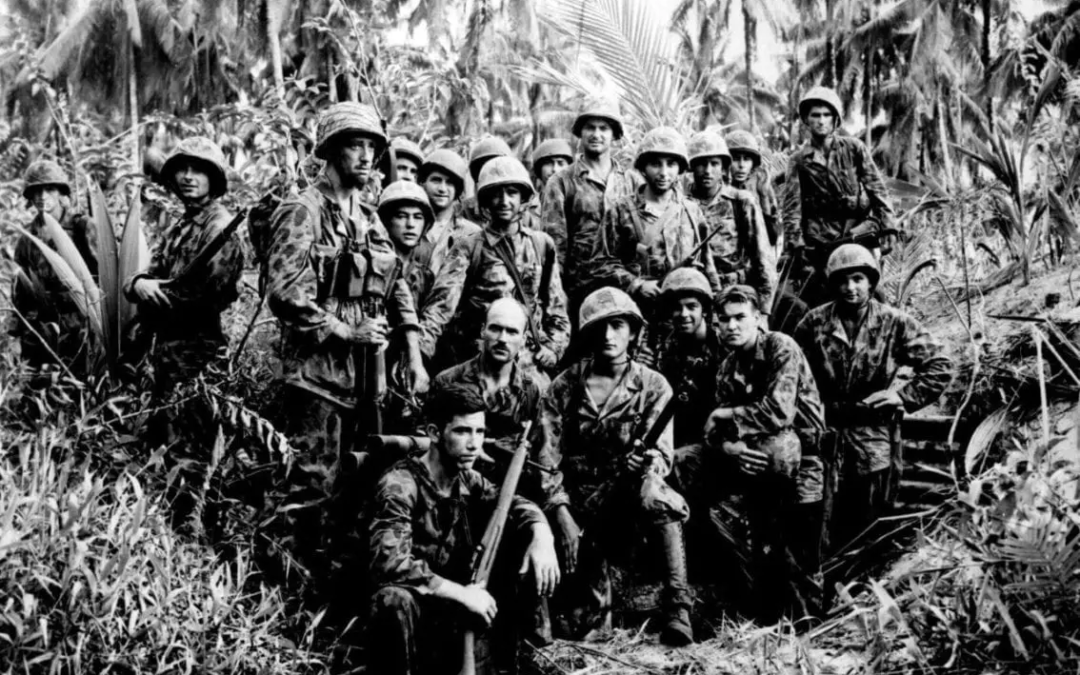Have you read Spearhead by Adam Makos? When Clarence Smoyer is assigned to the gunner's seat of his Sherman tank, his crewmates discover that the gentle giant from Pennsylvania has a hidden talent: He's a natural-born shooter. At first, Clarence and his fellow crews in the legendary 3rd Armored Division thought their tanks were invincible. Then they met the German Panther, with a gun so murderous it could shoot through one Sherman and into the next. Soon a pattern emerged: The lead tank always gets hit. After Clarence sees his friends cut down breaching the West Wall and holding the line in the Battle of the Bulge, he and his crew are given a weapon with the power to avenge their fallen brothers: the Pershing, a state-of-the-art "super tank," one of twenty in the European theater. But with it comes a harrowing new responsibility: Now they will spearhead every attack. That's how Clarence, the corporal from coal country, finds himself leading the U.S. Army into its largest urban battle...
